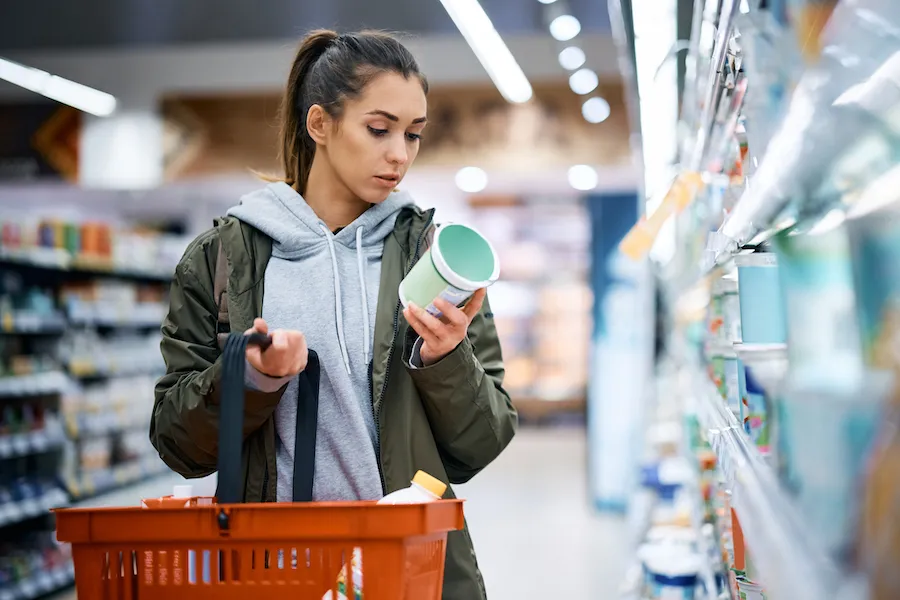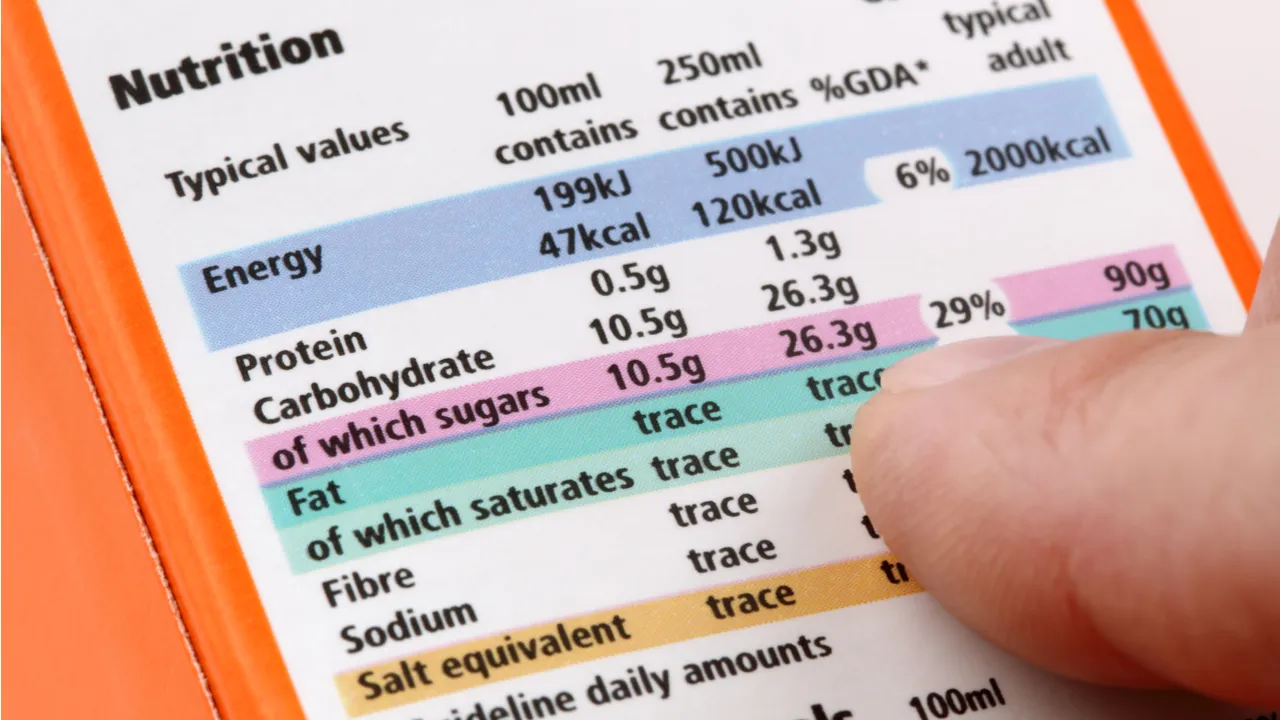When it comes to how to read food labels for diabetics, bursting the code is no longer a sweet mystery! You sure can learn how to read labels like an expert and make more informed decisions to manage your blood sugar, read on!

If you’re diabetic, your diet plays an important role in keeping your blood sugar levels stable. But since packaged foods sit on the shelf, it may be difficult to determine which products are safe for diabetes.
Food labels hold the key. We’re going to make this easier for you so you can make informed choices and control your life.
Why Food Labels Matter for Diabetics
Food labels are a map to what is included in a food. They let you know what the ingredients are, what vitamins and minerals you’re getting, and what servings are in there—all of which are key in managing diabetes.
Reading them assists you in avoiding hidden sugars, unhealthy fats, and other contents that will push your blood glucose up.
What are the Most Important Parts of a Food Label?

Here’s how to interpret the food label and what it’s saying to you for diabetes management:
1. Serving Size
Begin with the serving size. All the information on the label (calories, carbs, etc.) is in relation to this serving size. But here’s the trick: the serving size might be less than what you typically eat.
For example, if the bag of chips indicates one serving is 10 chips but you eat 20, double all the numbers on the label.
2. Total Carbohydrates
Carbohydrates impact blood sugar the most, so this is the most important number for diabetics. Look for:
- Total Carbohydrates: These are starches, fiber, and sugars. Choose foods with fewer total carbs per serving.
- Dietary Fiber: Fiber retards sugar absorption, so it’s beneficial for blood sugar management. Seek foods containing a minimum of 3-5 grams of fiber per serving.
- Sugars: Both added and natural sugars are included here. Be mindful of added sugars, which rapidly increase blood sugar.
3. Added Sugars
These are the culprits that can demolish your blood sugar. Search for phrases such as:
- High fructose corn syrup
- Cane sugar
- Honey
- Agave nectar
- Any that end in the suffix “-ose” (e.g., sucrose, fructose)
The American Heart Association recommends no more than 25 grams (6 teaspoons) of added sugars per day for women and 36 grams (9 teaspoons) per day for men.
4. Fats
Not all fats are equal. Look for:
- Healthy Fats: Unsaturated fats (in nuts, seeds, and olive oil) are heart-friendly.
- Limit Saturated and Trans Fats: These increase your heart disease risk, already higher for diabetics.
5. Sodium
Excessive sodium consumption can contribute to high blood pressure, a risk factor for diabetics. Use less than 2,300 mg of sodium daily (about 1 teaspoon salt).
What does a Label Breakdown Look Like?

Let’s use an example of a granola bar label. Here’s how to analyze it:
- Serving Size: 1 bar (30g)
- Total Carbohydrates: 20g
- Dietary Fiber: 3g
- Sugars: 10g (including 8g added sugars)
- Protein: 5g
- Fats: 6g (1g saturated, 0g trans)
- Sodium: 120mg
What It Means
- The bar has 20g of carbs, which is moderate, and then there’s 3g of fiber, which retards sugar absorption.
- The 8g of added sugars is high—almost one-third of the daily maximum.
- Both protein and fat content will keep you full, but the added sugar detracts from it for diabetics.
Are there Red Flags to Watch Out For?
These are some warning signs that the product may not be good for diabetics:
- High Sugar Content: Be on the lookout for secret sugar in dressings, sauces, and “healthy” snacks.
- Refined Carbs: White rice, white flour, and corn syrup are just a few foods that can send blood sugar soaring.
- Artificial Sweeteners: While they won’t increase blood sugar, some people prefer to steer clear of them due to health concerns.
Also, when there’s too much salt content, it can cause high blood pressure, which is already a risk for diabetics.
Tips for Reading Labels Like a Pro

Here’s how to make it simple to read labels:
1. Start with Carbs
Total carbs and fiber are your first concern.
2. Look at Serving Sizes
You need to compare apples to apples.
3. Scan Whole Ingredients
Fewer ingredients are best.
4. Select No Added Sugars
Go for the natural sugars found in fruits and milk.
5. Compare Products
Make use of the % Daily Value (%DV) to compare similar products and select the healthier option.
Final Thoughts
Reading food labels is going to make you feel like you’ll never finish it, but eventually it’ll be second nature.
By paying attention to overall carbs, fiber, and added sugars, you can be making better choices that level out blood sugar and overall support your good health.
Remember, managing diabetes isn’t about perfection—it’s about making better choices one meal at a time. So, next time you’re at the grocery store, take a moment to read the label. Your body (and your blood sugar) will thank you.
With this guide, you’re ready to tackle food labels like a pro and make choices that support your diabetes management. Happy (and healthy) eating!
